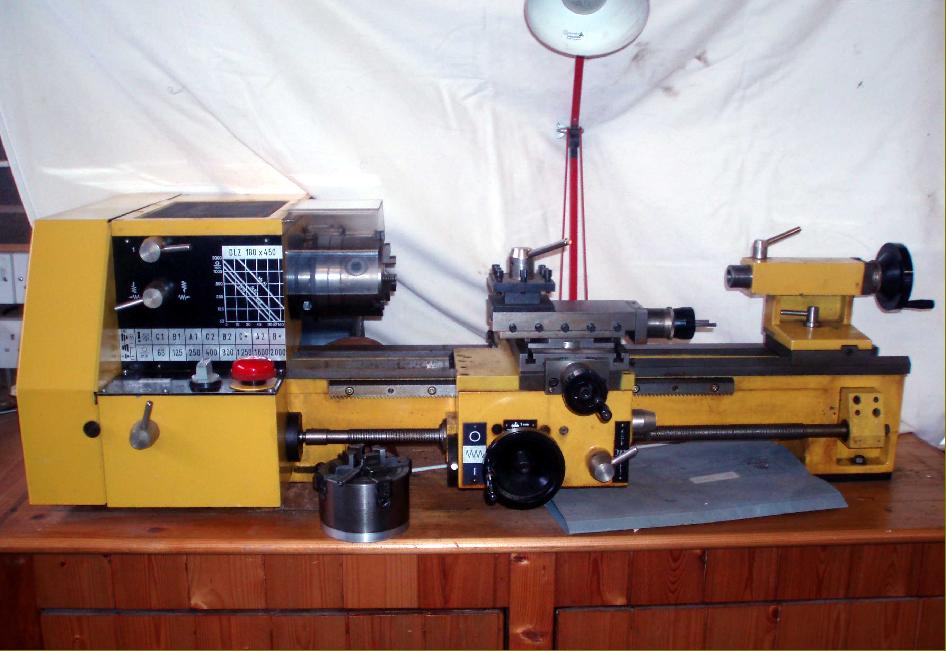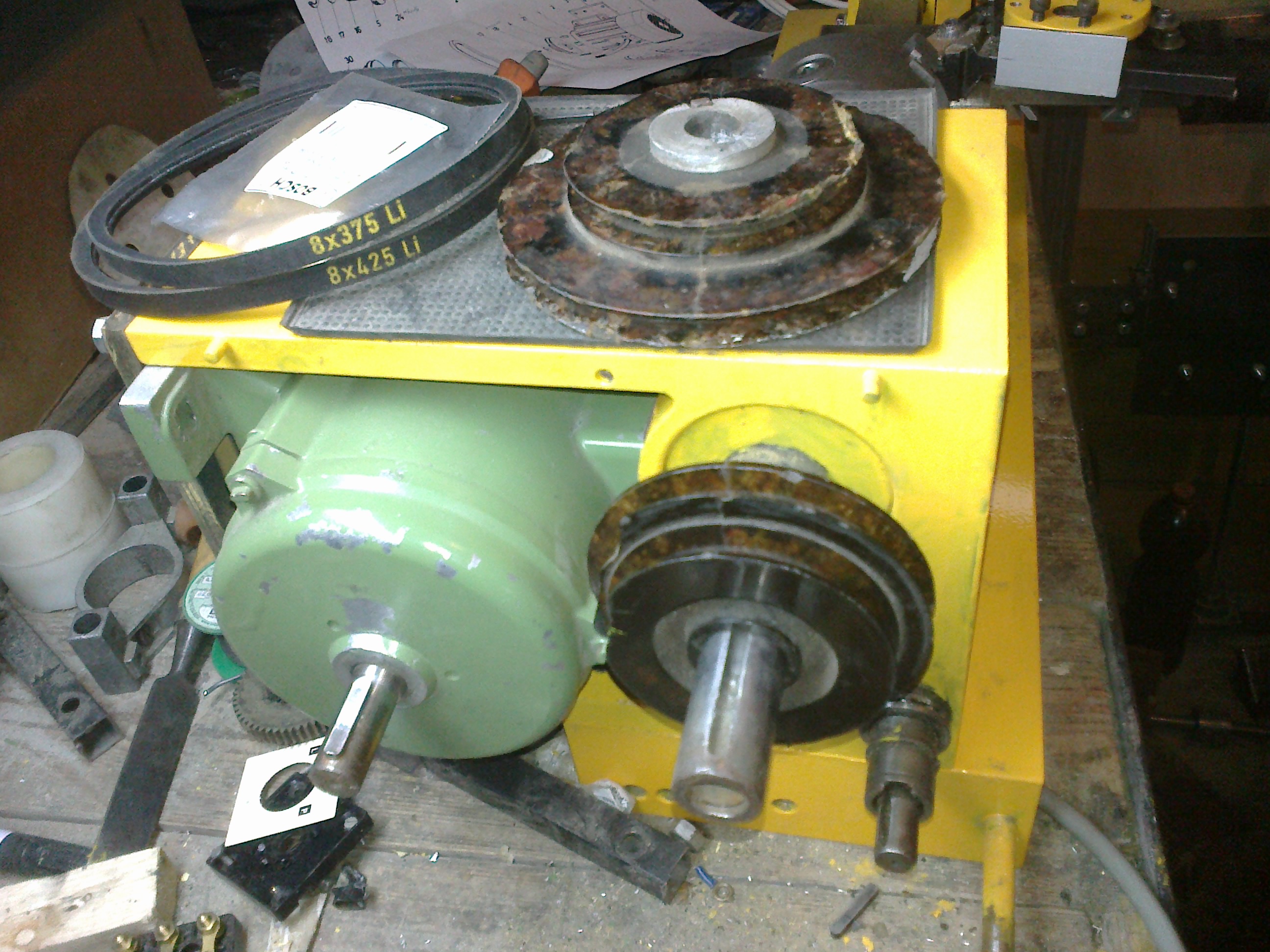

measure the result (telescopic bore gauges for boring work, digital calier for outside diameters).take a cut (inside or outside diameter).I don’t find this a problem, but moving the DTI 25mm or so to the right would mean you could have the face horizontal and readable.Īlthough I don’t have any pics, the DRO does not foul the topslide when it is in place. This means you have to move your head to read it. In use the face of the DTI is nearly vertical so as to provide clearance to turn the crosslide handle. The DTI and clamp assembly is easily removed or repositioned by loosening and tightening the button head screw on the top of the slider clamp block. Originally I planned to mill a flat in the slider or use some other means to hold the DTI level, however in practice I think it’s better as it is. I make a pair of M3 CSK holes, and then drilled and tapped the carriage to suit.

The push plate is 2mm ground stock – you could use other material but this is what I had, and also I thought it less likely to deflect (although the load from the DTI plunger is very small). so it woudl clear the extended faceplate). I shaped a radius on the slider end (which you can see in the pic above), so that the DTI clamp could still rotate when it is hard up against the slider clamp block (i.e. On the other end is a reamed 10mm hole to accept the slider, which I glued in place using Loctite 603.
#Hobbymat universal md65 lathe manual plus
The DTI clamp has a reamed 8mm holde to accept the DTI, plus a slit and M5 tapped hole to clamp the DTI. It has a reamed 10mm hole to accept the slider, with an M5 tapped hole and slit to clamp the slider in place. The slider clamp block has two M5 countersunk holes (you can only see one in the pic above), through which it is bolted to the extended faceplate. The extended faceplate is what its name suggests: the same as the original but 12mm wider, with two M5 tapped holes. Material is all bright mild steel, apart from the slider and push plate which are silver steel. They are all straightforward to machine and assemble. There are five parts as per the picture above. There was plenty of slack in the wires inside the thing to do this. Turning the readout the other way up was a simple matter of unscrewing the back plate, unclipping the reaout assembly and flipping it over. so that it would appear upside down in the photo below. In its original form, the readout was oriented the other way around – i.e. I have found it to be reliable and accurate – matching the reading on my 25mm Mitutoyo DTI in my own testing. It is CE-marked, although there is no mention of the manufacturer in the user guide or on the device (therefore the CE marking is probably bogus). I bought it off Alibaba: it cost about £50 and took a couple of weeks to arrive from China. Mine has a 50mm stroke and 0.01mm resolution. The design relies on a long-stroke digital DTI. I will add some plans when I get around to it (sorry). You may choose to complete this project at the same time as the cross-slide thrust bearing modification. This is only a couple of hours of work, which is well worth the effort. Like the other DROs, I completed this project more than a year ago and can’t imagine how I managed without it.

After the success of the Z-axis DRO project and also the mill table DROs, I got DRO-happy and whipped up a solution for the cross-slide.


 0 kommentar(er)
0 kommentar(er)
